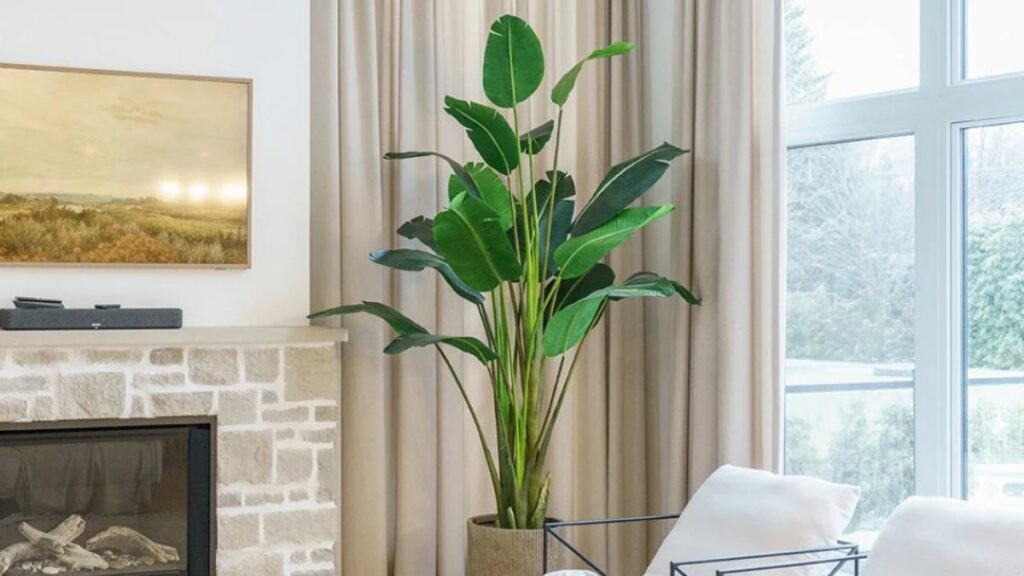They decorate our homes with charm. They smell good, add color… But some plants hide a troubling secret. An invader sneaks in quietly beneath their leaves. It doesn’t bite the leaves, but it does affect your comfort. Without you realizing it, a plant can be a gateway to a problem no one wants in their home. Don’t worry, it’s not about banning them.
You just need to know them, understand what to do, and, most importantly, not to fall into the trap. Do you love plants? Then keep a close eye out. What you are about to learn could save you from many troubles…
Here Are The Most At-Risk Plants
Some indoor plants can hide nasty little guests. Sunflowers, for instance, attract bed bugs due to their sap and seeds. These insects enjoy hiding in the heart of the flower.
Lavender, often thought to repel insects, can also harbor bed bugs. They are not always repelled by its scent. Dandelions, commonly seen as weeds, also attract these pests significantly because of their sap.
Ferns, which thrive in humid conditions, are also very welcoming to insects. Their leaves and stems create a playground for bed bugs. Lastly, chamomile, when grown near a window or door, can become a genuine pathway for these critters.
Why Certain Plants Attract Bed Bugs
Bed bugs love warm and hidden places. They constantly search for spots where they can hide without being seen. Certain plants, such as ferns or sunflowers, possess broad leaves or thick stems that allow them to slip inside. Other plants, like dandelions, have sap that attracts them.
Even fragrant plants, like lavender, aren’t always a barrier for them. The issue is that these insects can jump from one plant to another and eventually invade your entire home. They move very quickly and are incredibly discreet. You may not see them coming, but they are already in your home.
How To Inspect Plants Before Bringing Them Home
Before purchasing a plant, take a good look at it. Spend time checking the stem, leaves, and especially the heart of the flower. Look for small black spots or tiny insects that are moving. If the plant seems sticky or damaged, it’s a bad sign.
Bed bugs prefer to hide in humid and dark locations. If you buy a plant from a store, ask if it has been inspected. At home, before placing it in the living room or bedroom, keep it separate for a few days. This way, you can see if any insects come out.
Our Tips For Keeping Your Plants Safe
You can keep your plants at home, but with a few precautions. If possible, place them away from windows and doors. Don’t group them all together; allow space between them. This helps prevent bed bugs from moving easily from one to another.
Water them well, but not too much. Excess water attracts insects. Check on them frequently. If you see any damaged leaves or strange marks, take action quickly. And above all, clean the pots and the surrounding area. A little regular effort can save you from major issues.

